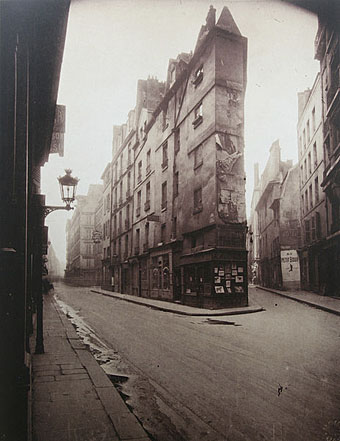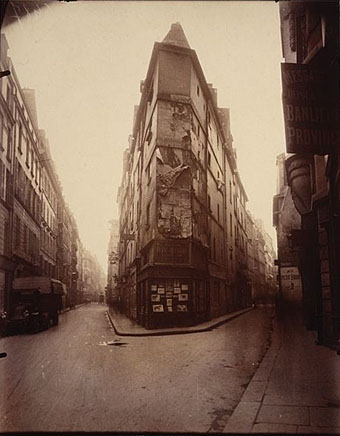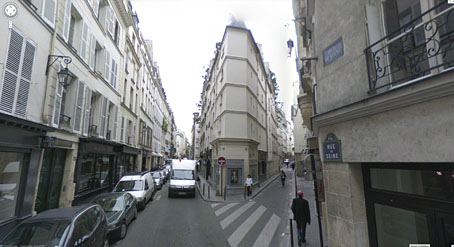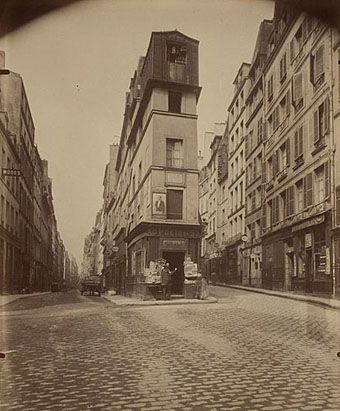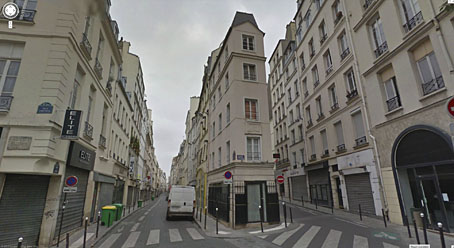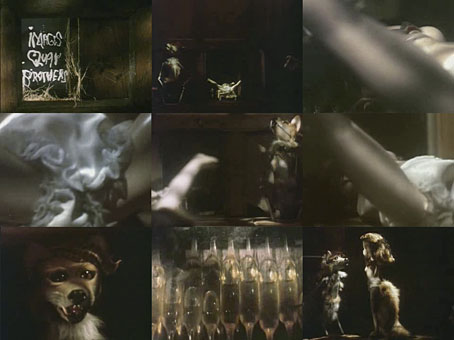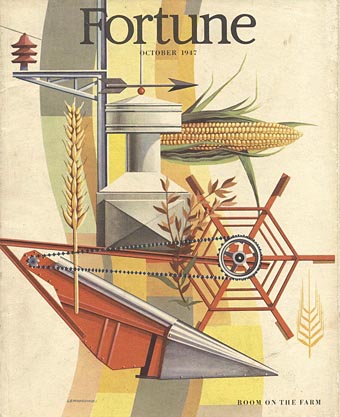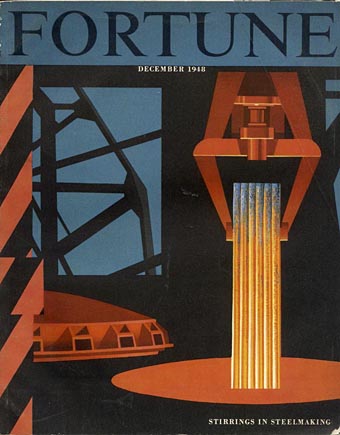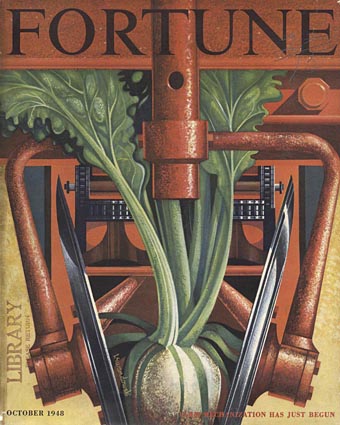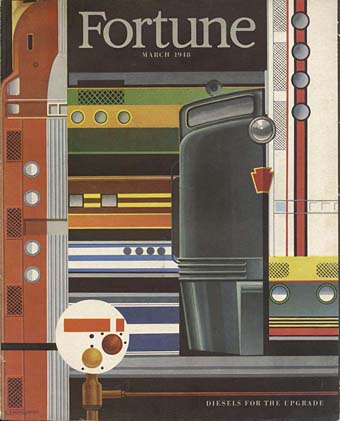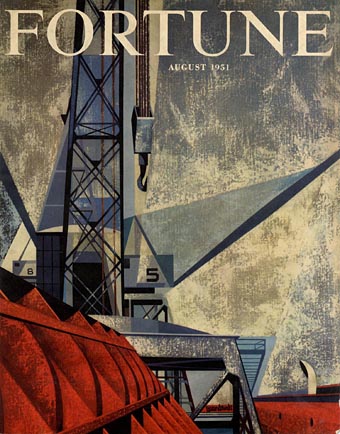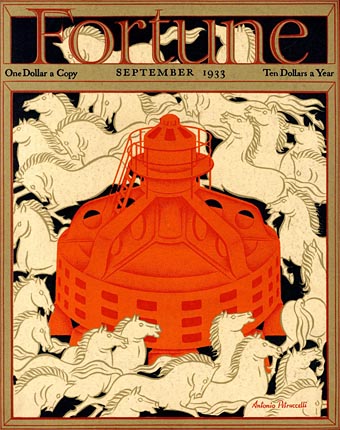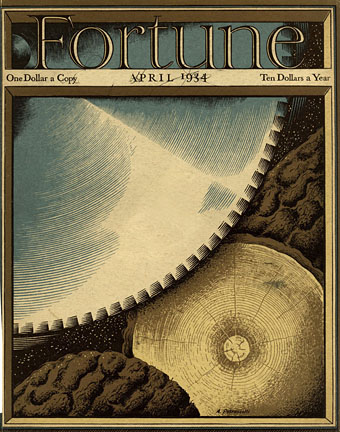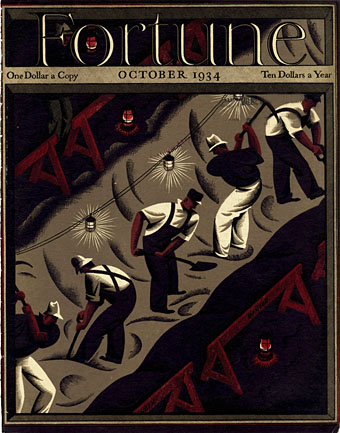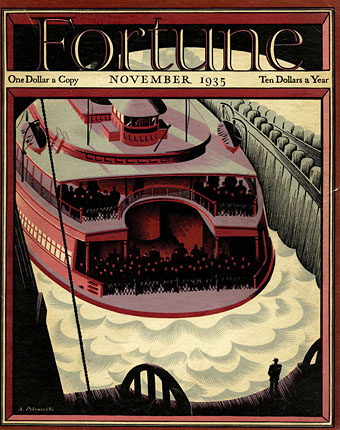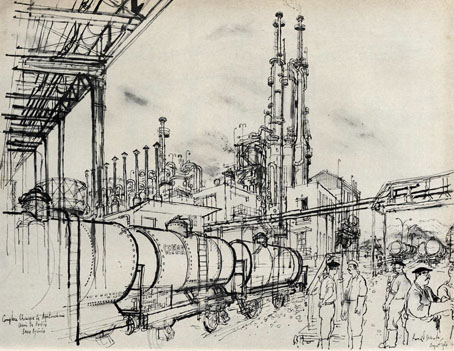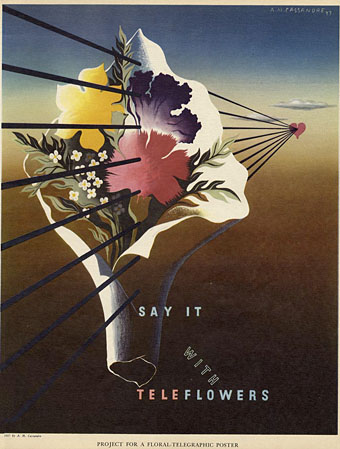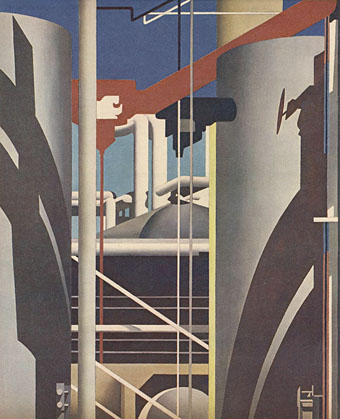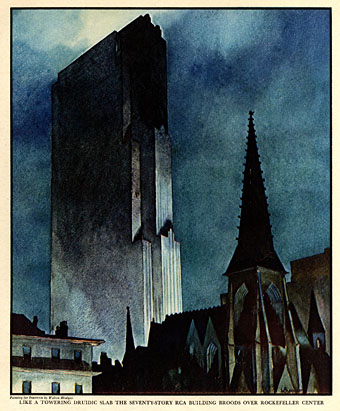Un coin, rue de Seine (1924).
Photographer Eugène Atget had a thing for the architectural promontory, as do I for that matter, and this photo of a street corner in the rue de Seine, Paris, has always been a favourite. Atget liked the location enough to photograph it at least twice from different angles. The long exposures bleach the sky and turn passing figures into ghostly blurs.
Coin rue de Seine (1924).
Opening up Google Maps to see how the street looks today left me astonished when I realised I’d walked past this very corner without realising it was the location of Atget’s photos. The rue de Seine is one of two streets giving access to the rue des Beaux-Arts, the location of L’Hôtel where Oscar Wilde died. Matters weren’t helped by my walking in the opposite direction to this view so I didn’t notice the narrow corner. In any case the street looks very different today from Atget’s gloomy intersection.
Maison d’Andre Chenier en 1793–97, rue de Cléry (1907).
Equally as clean and unremarkable is another narrow building in the rue de Cléry which in 1907 was sporting some kind of wooden structure on its upper floor. Google’s cameras tend to diminish whatever space they photograph but the streets seem smaller today when cluttered with bollards, cars, bikes and the ubiquitous green bins of Paris.
Previously on { feuilleton }
• Rue St. Augustin, then and now
• Brion Gysin’s walk, 1966
• L’Hôtel, Paris

